Discover the best lasers for dark skin (Fitzpatrick IV–VI). Learn about Nd:YAG, pigment-safe laser treatments, and how to choose the right provider safely.
There was a time when people with darker skin were told lasers were off limits.
Maybe you’ve heard the stories—someone tried laser hair removal or treatment for dark spots and ended up with burns, scars, or blotchy patches that lasted for months.
Those stories spread fast online, and they made it easy to believe lasers just aren’t safe for anyone with brown or Black skin.
But here’s the truth. Technology has changed.
Today, there are safe, effective pigment-safe laser treatments for dark skin.
People with Fitzpatrick skin types IV–VI can now enjoy smoother texture, more even tone, reduced scars, and long-lasting hair reduction—when the right devices and protocols are used.
When people talk about risks, they’re usually talking about melanin.
Melanin gives skin its color. It also absorbs light.
In darker skin, there’s more melanin in the top layers. If a laser targets those layers instead of going deeper, the skin can overheat.
That’s when you see things like post-inflammatory hyperpigmentation (PIH). These are dark marks that show up after inflammation.
Sometimes the opposite happens—lighter patches of hypopigmentation. In worse cases, burns or scars.
This is why many patients hesitate.
They may have watched a cousin deal with blotches after one session. Or maybe they saw a stranger online post pictures with the caption “lasers ruined my face.”
It doesn’t help that some clinics still use the same devices for everyone. They market lasers as “universal.”
But not all machines are safe for every skin type. That’s where the confusion—and the fear—comes in.
The good news is there are lasers designed with melanin in mind.
The difference lies in the wavelength. Think of it like a flashlight.
A weak beam only lights up the surface. A strong beam shines deeper.
Lasers for Fitzpatrick IV–VI need that deeper beam. They bypass the surface melanin and reach their target safely.

That’s why the Nd:YAG laser (1064 nm) is considered the gold standard for dark skin.
It penetrates deep, avoids the pigment-rich top layers, and can be used for many purposes—hair removal, pigmentation, and skin tightening.
Other pigment-safe laser options include:
- Q-switched and picosecond Nd:YAG for melasma and stubborn dark patches.
- Pulsed dye lasers (PDL) for shrinking keloids and calming redness in scars.
- Fractional non-ablative lasers (1550 nm) for texture and laxity, with less risk of pigment changes.
- Newer diode lasers (810 nm) that are safe for darker tones when used carefully.
Of course, technology alone isn’t enough. Technique matters.
Safe treatment starts with a patch test. A skilled provider won’t skip this step.
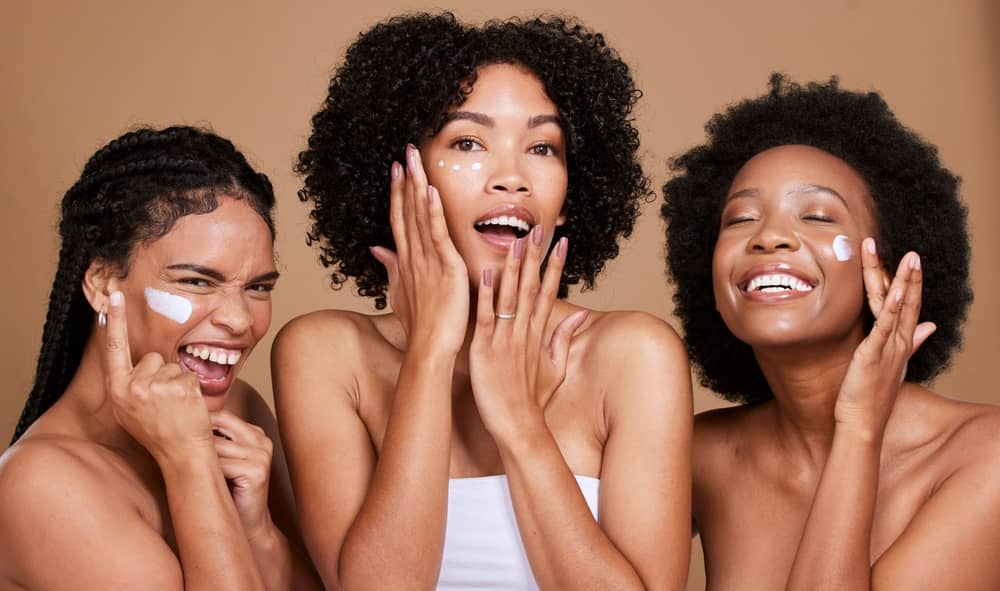
They’ll also use cooling during the session—chilled air, sprays, or contact cooling devices.
Cooling protects the surface of the skin while the laser does its work deeper down.
Settings matter too.
Lower fluence, paired with longer pulse durations, reduces the chance of overheating.
An experienced provider knows how to balance these settings for patients with darker skin tones.
The benefits of safe laser use are clear.
Hyperpigmentation is one of the biggest concerns.
Studies show that Q-switched and picosecond Nd:YAG lasers can lighten melasma and other dermal pigmentation safely.
In fact, a 2023 study confirmed that low-fluence Nd:YAG for melasma improved tone with minimal side effects.
Hair removal is another area where lasers shine.
Long-pulsed Nd:YAG laser hair removal for Black skin has been tested in multiple trials.
Results show over 50% average reduction in hair density after several sessions.
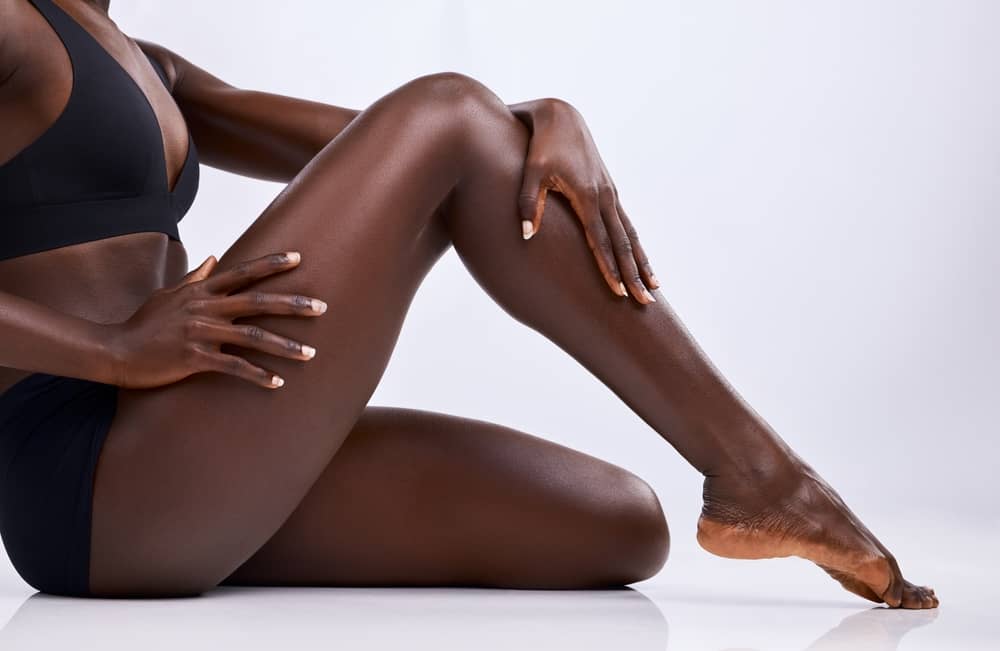
Side effects are mild and temporary—slight redness or pigment shifts that fade quickly.
For many patients, the results are life-changing, especially in areas prone to irritation from shaving.
Scars and keloids can also be treated.
Pulsed dye lasers, often paired with steroid injections, shrink keloids, reduce redness, and relieve itching.
Many patients report their first real relief after years of frustration.
For rejuvenation, fractional non-ablative lasers can smooth fine lines, even out tone, and firm the skin.
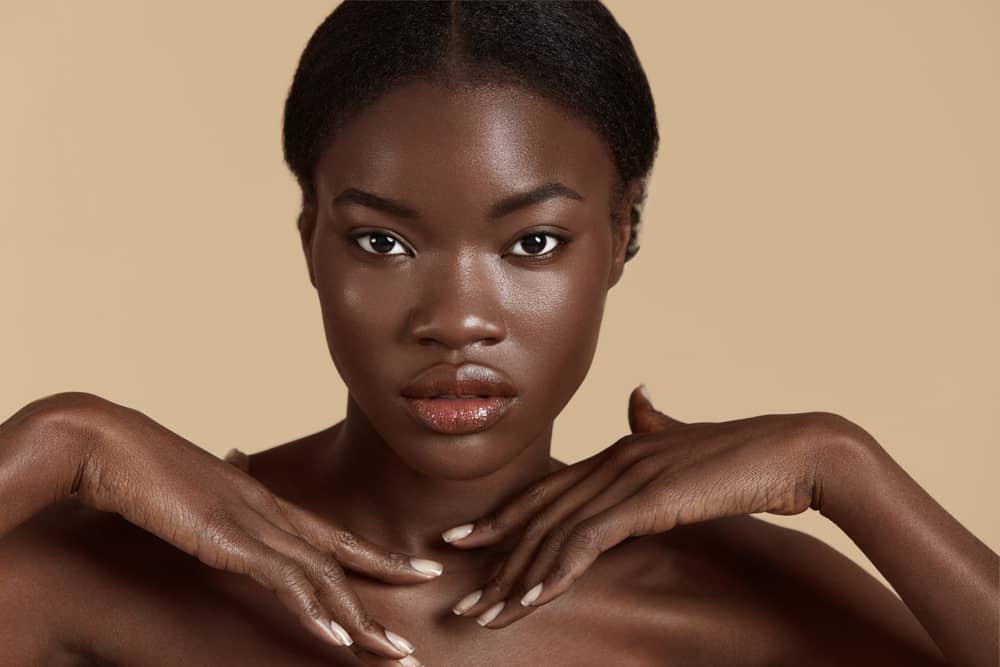
The results are subtle but noticeable—like the glow you get after a good vacation, only longer lasting.
How do you make sure you’re in good hands?
It starts with the questions you ask.
A safe provider should tell you exactly which laser they’ll use for your skin type.
They should explain patch testing, cooling methods, and safety settings.
They should show before-and-after photos of patients with skin like yours.
If a clinic says their device works for “everyone” but won’t explain, that’s a red flag.
Outdated machines and one-size-fits-all protocols don’t serve patients with melanin-rich skin.
Treatment doesn’t end when you leave the office. Aftercare is just as important.
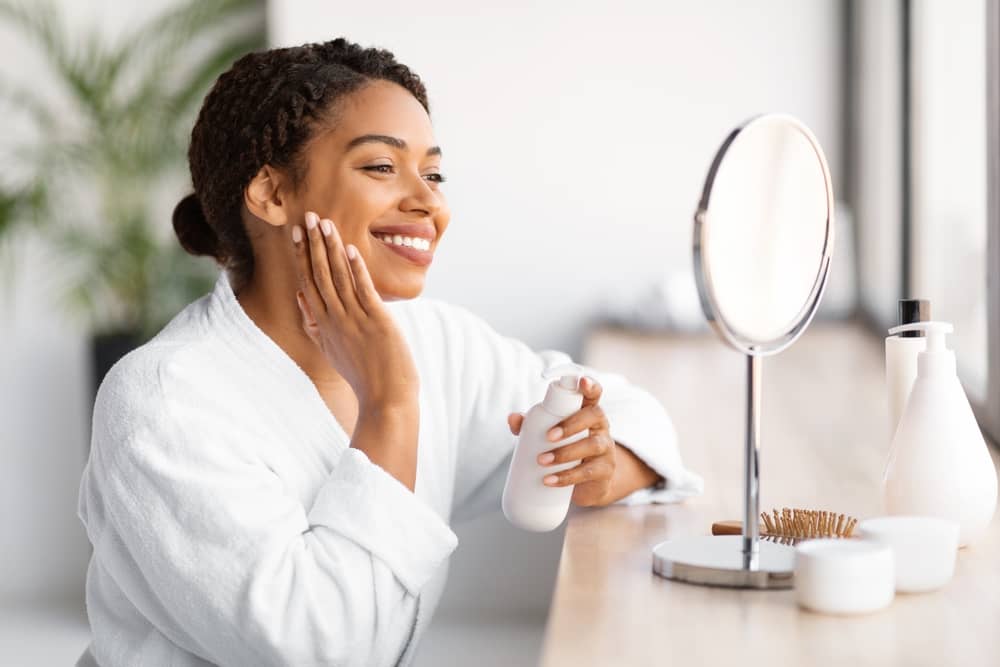
Daily sunscreen is a must. A broad-spectrum SPF 30+ keeps pigment stable after treatment.
Antioxidant serums, like vitamin C, help healing and protect against free radicals.
Gentle skincare—no harsh scrubs or acids—gives your skin space to recover.
And follow-up visits allow your provider to track progress and adjust if needed.
When patients follow aftercare, the risk of irritation or pigment issues drops sharply. Results last longer too.
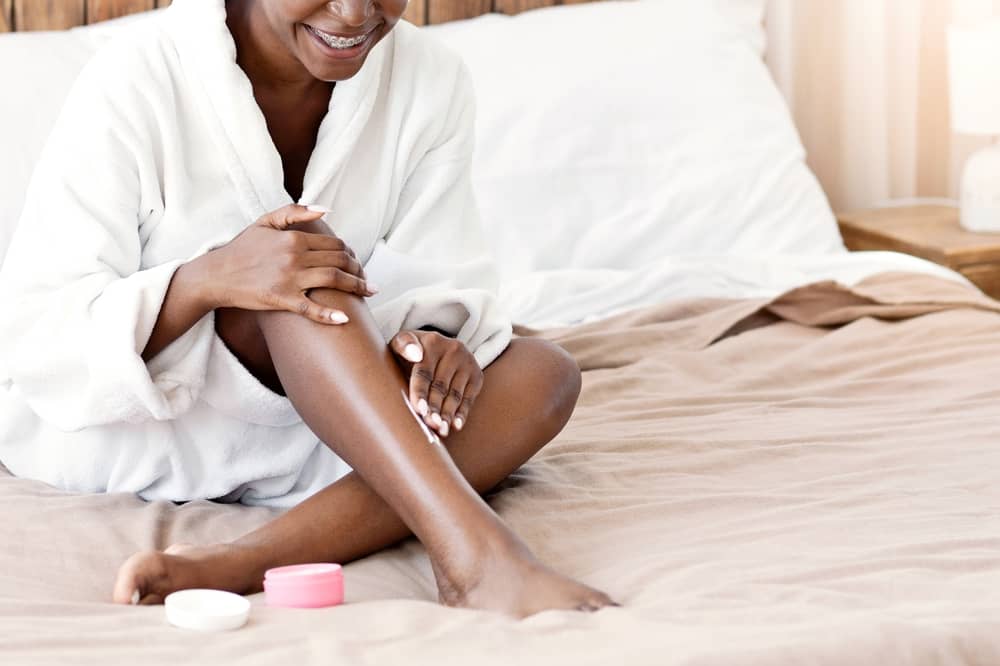
It’s worth remembering how far we’ve come.
Years ago, the advice was simple: if you have dark skin, avoid lasers.
Today, that advice no longer holds.
With the right technology and provider, patients with Fitzpatrick IV–VI skin can enjoy safe, lasting results.
They can remove unwanted hair, lighten pigmentation, smooth scars, and bring out their best skin.
The fear that once kept people away is giving way to new confidence.
Patients are leaving clinics with results they never thought possible.
The key is knowledge. Ask the right questions. Choose the right provider. Commit to aftercare.

Lasers aren’t a gamble anymore. They’re an opportunity.
And for people with darker skin, that opportunity has never looked better.
If you’re a medical aesthetic provider, this is also your chance to stand out. Patients with Fitzpatrick IV–VI skin are actively searching for safe, trusted solutions. The clinics that educate, reassure, and deliver results are the ones they choose first.
That’s where the right words matter as much as the right technology.
I specialize in helping practices like yours connect with patients through clear, persuasive, patient-friendly copy. From blog posts and landing pages to email sequences and service guides, I’ll help you showcase your expertise and earn patient trust.
If you’d like to see how I can support your practice, contact me today for a free quote. Together, we’ll make sure your message is as strong and effective as the treatments you provide.

View comments
+ Leave a comment